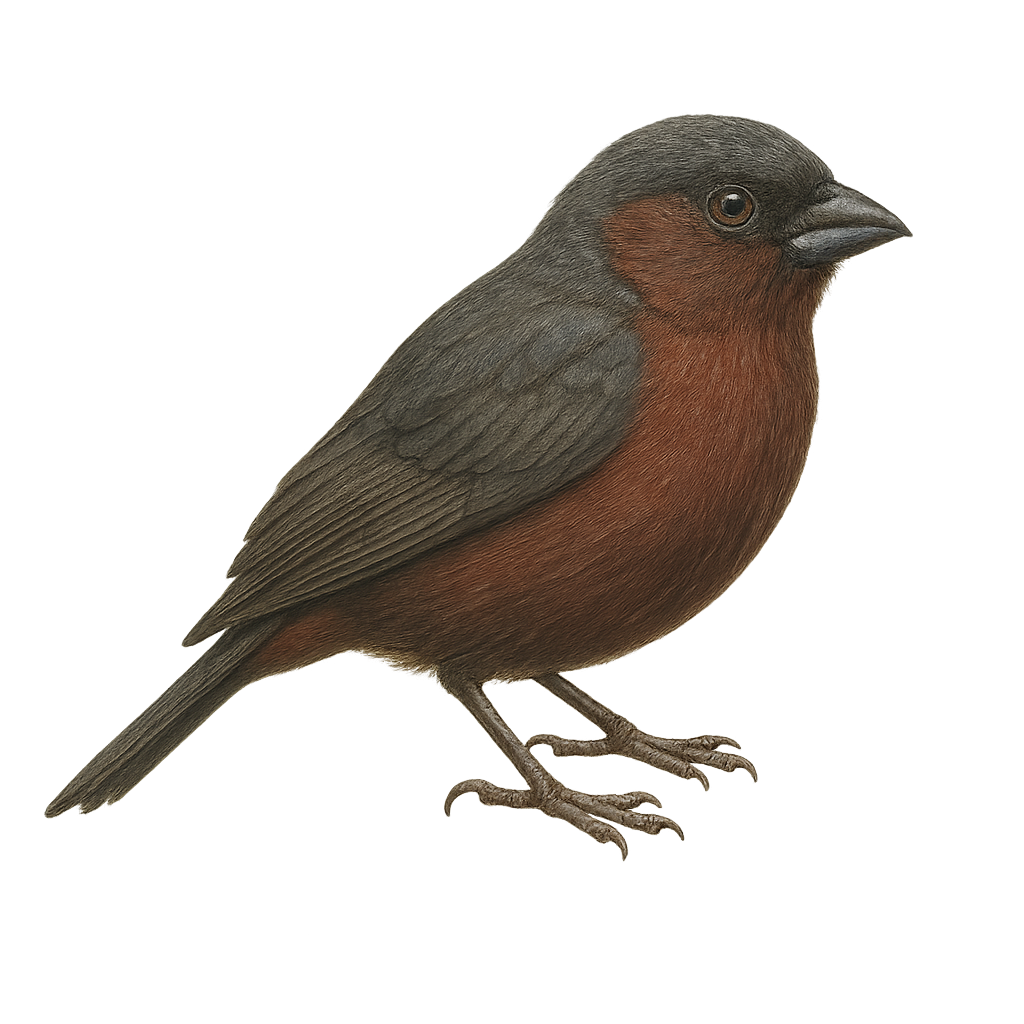Your wildlife photography guide.
Explore the chestnut-breasted nigrita in detail, study its behavior, prepare your shots.
Where to observe and photograph the chestnut-breasted nigrita in the wild
Learn where and when to spot the chestnut-breasted nigrita in the wild, how to identify the species based on distinctive features, and what natural environments it inhabits. The WildlifePhotographer app offers tailored photography tips that reflect the chestnut-breasted nigrita’s behavior, helping you capture better wildlife images. Explore the full species profile for key information including description, habitat, active periods, and approach techniques.
Chestnut-breasted Nigrita
Scientific name: Nigrita bicolor

IUCN Status: Least Concern
Family: ESTRILDIDAE
Group: Birds
Sensitivity to human approach: Suspicious
Minimum approach distance: 10 m
Courtship display: March to April
Incubation: 12-14 jours
Hatchings: March to May
Habitat:
tropical rainforests, wooded savannas
Activity period :
Primarily active during the day, with peak activity in the morning and late afternoon.
Identification and description:
The Chestnut-breasted Nigrita is a small African bird belonging to the Estrildidae family. It is characterized by its chestnut-brown breast and black body, giving it an elegant and distinctive appearance. This bird is primarily found in the tropical rainforests and wooded savannas of Central and West Africa. Often seen in small groups, it feeds on seeds and insects. The Chestnut-breasted Nigrita is known for its melodious song and complex social behaviors. Although its habitat is threatened by deforestation, it is currently listed as a species of least concern by the IUCN.
Recommended lens:
400 mm – adjust based on distance, desired framing (portrait or habitat), and approach conditions.
Photography tips:
To photograph the Chestnut-breasted Nigrita, focus on tropical rainforests where it is often active during the day. Use a 400mm or longer telephoto lens to capture detailed images without disturbing the bird. Be patient and discreet, as this bird is suspicious. Observe its feeding habits and wait for it to perch on an open branch for a clear shot. The natural light of the morning or afternoon is ideal to highlight the colors of its plumage.
The WildlifePhotographer App is coming soon!
Be the first to explore the best nature spots, track rutting seasons, log your observations, and observe more wildlife.
Already 1 432 wildlife lovers subscribed worldwide

